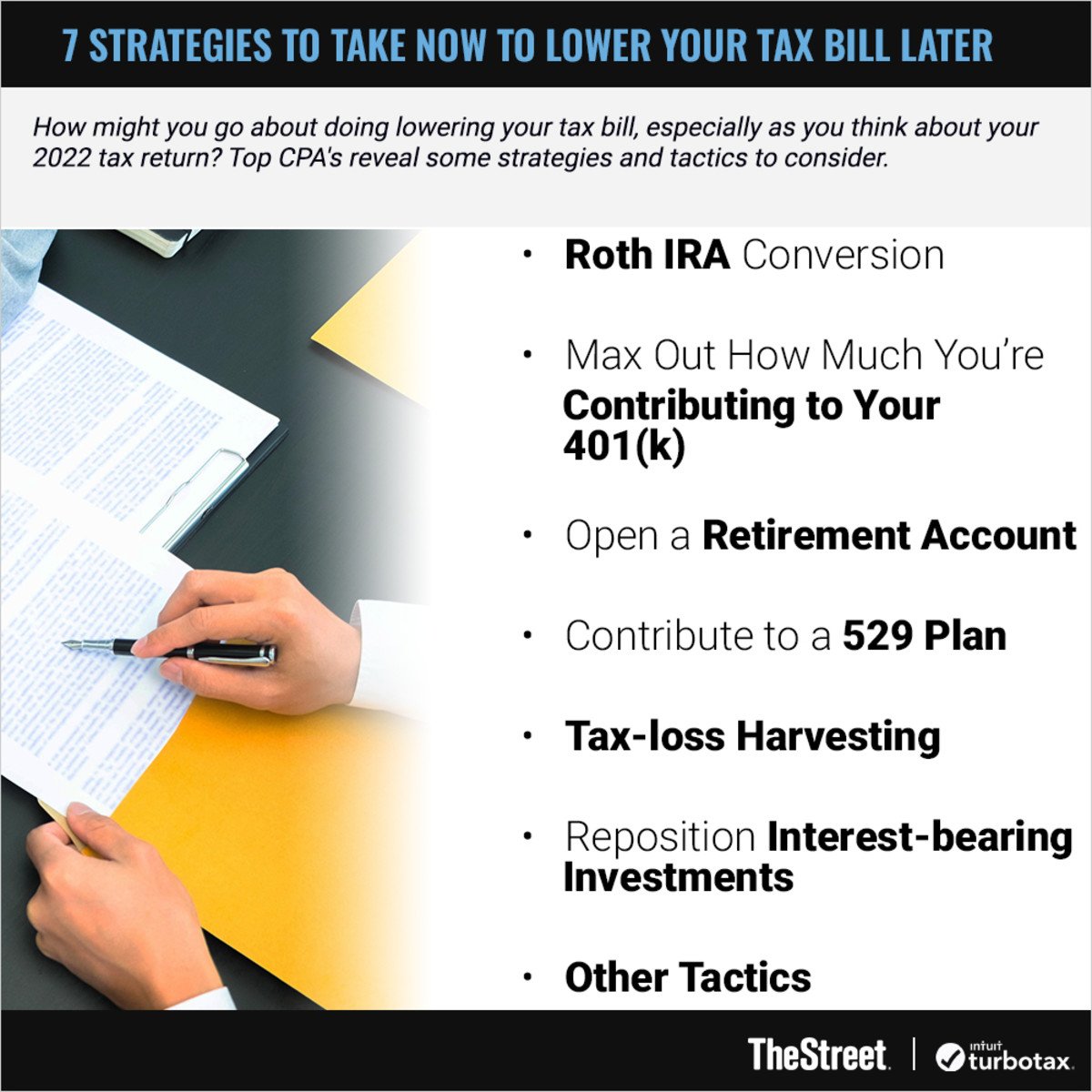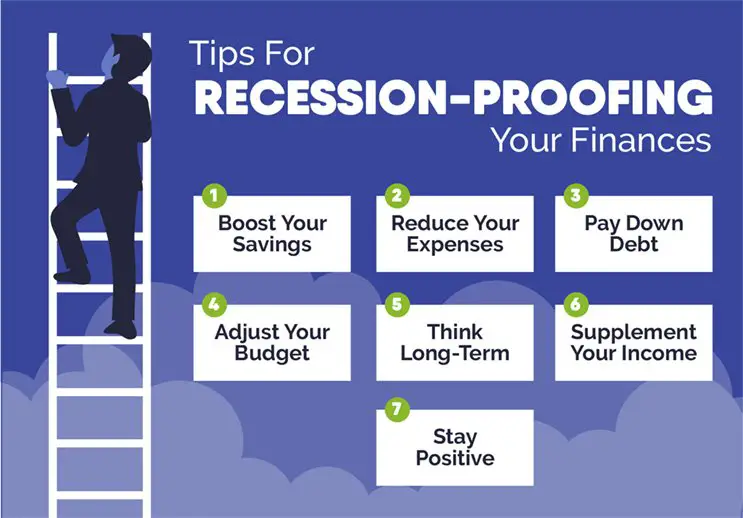Are you tired of paying hefty taxes on your investments? Well, fret no more! In this blog article, we will share with you some tried-and-true strategies for reducing investment taxes. Whether you are a seasoned investor or just getting started, these tips will help you maximize your returns and minimize your tax liability. So, let’s dive right in and explore the world of tax-saving strategies that can potentially save you a significant amount of money. Get ready to learn how to make your investments work smarter for you while keeping more money in your pocket!
Strategies for Reducing Investment Taxes
Investing is a powerful tool for building wealth and achieving financial goals. However, it is essential to consider the impact of taxes on your investment returns. High tax liabilities can eat into your profits and hinder your long-term growth. To optimize your investment strategy and minimize tax obligations, it’s crucial to implement effective tax reduction strategies. In this article, we will explore various strategies that can help you reduce your investment taxes and maximize your after-tax returns.
1. Utilize Tax-Advantaged Accounts
Tax-advantaged accounts offer significant benefits by allowing you to grow your investments tax-free or tax-deferred. Here are some popular options:
- Individual Retirement Accounts (IRAs): Traditional IRAs allow for tax-deductible contributions, while Roth IRAs provide tax-free growth and withdrawals in retirement.
- 401(k) and 403(b) Plans: These employer-sponsored retirement plans enable you to contribute pre-tax dollars, reducing your taxable income.
- Health Savings Accounts (HSAs): HSAs offer triple tax benefits – contributions are tax-deductible, growth is tax-free, and qualified withdrawals for medical expenses are tax-free.
By maximizing contributions to these accounts, you can lower your taxable income and potentially defer your tax liability until retirement when you may be in a lower tax bracket.
2. Tax-Loss Harvesting
Tax-loss harvesting involves selling investments that have incurred losses to offset capital gains. By strategically realizing losses, you can reduce your taxable income and ultimately lower your tax bill. Consider the following points when implementing tax-loss harvesting:
- Identify investments with losses: Review your portfolio regularly to identify securities that have declined in value.
- Sell investments to realize losses: Carefully select assets to sell in order to generate capital losses that can be used to offset capital gains.
- Stay mindful of wash-sale rules: The IRS prohibits claiming losses if you buy a substantially identical security within 30 days before or after the sale.
- Offsetting gains and carry-forward losses: Use capital losses to offset capital gains in the current tax year, and any excess losses can be carried forward to future years.
Tax-loss harvesting can be an effective strategy to reduce your tax liability while maintaining an optimal investment portfolio.
3. Consider Tax-Efficient Fund Investments
The type of investments you choose can impact your tax obligations. Opting for tax-efficient investment vehicles can help minimize taxable distributions and capital gains. Here are a few considerations:
- Index Funds and ETFs: These passively managed funds tend to have lower turnover and generate fewer taxable distributions compared to actively managed funds.
- Tax-Managed Funds: These funds are specifically structured to minimize taxable distributions and are managed with tax-efficiency in mind.
- Qualified Dividend Stocks: Investing in stocks that pay qualified dividends can be advantageous, as they are generally taxed at a lower rate.
By focusing on tax-efficient investments, you can potentially reduce your tax liability, allowing more of your investment returns to compound over time.
4. Hold Investments for the Long Term
Holding your investments for the long term can provide significant tax advantages. When you sell an investment that you’ve held for more than a year, you are eligible for long-term capital gains tax rates, which are typically lower than short-term rates. Consider the following benefits of long-term investing:
- Lower tax rates: Long-term capital gains tax rates are generally more favorable, potentially reducing your tax liability.
- Deferred taxes: By holding onto your investments, you can defer taxes until the assets are sold, allowing your money to compound more effectively.
- Avoidance of short-term trading fees: Frequent buying and selling of investments can result in transaction costs, reducing your overall returns.
While it’s important to regularly review your investments, adopting a long-term investment approach can help optimize your tax situation and increase your after-tax returns.
5. Be Mindful of Capital Gains Distributions
If you invest in mutual funds or exchange-traded funds (ETFs), it’s essential to be aware of potential capital gains distributions. Mutual funds are required to distribute capital gains to shareholders, which may trigger taxable events. Consider the following:
- Timing your investments: Invest in funds after their annual distribution date to minimize the immediate tax impact.
- Focus on tax-efficient funds: Look for funds that have a history of minimizing capital gains distributions, reducing your taxable income.
- Consider ETFs: ETFs often have fewer capital gains distributions compared to mutual funds due to their unique structure.
By staying informed about potential capital gains distributions, you can make informed investment decisions and minimize your tax liability.
6. Manage Tax-efficient Asset Location
Strategically locating your investments across different account types can enhance tax efficiency. Consider the following approaches:
- Place tax-efficient investments in taxable accounts: Investments like index funds or ETFs that generate minimal taxable distributions are better suited for taxable accounts.
- Hold tax-inefficient investments in tax-advantaged accounts: Investments generating higher distributions, such as actively managed funds or bonds, are better housed in tax-advantaged accounts to defer taxes.
- Consider tax implications when rebalancing: Rebalancing your portfolio can trigger capital gains or losses, so be mindful of the potential tax consequences.
Optimizing your asset location can lead to increased tax efficiency and potentially improve your overall after-tax investment returns.
7. Work with a Tax Professional
Navigating the complex landscape of investment taxes can be challenging. Seeking guidance from a qualified tax professional can help ensure you’re taking full advantage of available tax strategies. A tax professional can:
- Provide personalized advice: A professional can assess your unique financial situation and recommend strategies tailored to your needs.
- Stay updated on tax laws: Tax laws constantly evolve, and a professional can help you stay compliant and take advantage of any new tax-saving opportunities.
- Optimize your tax efficiency: A tax professional can help you implement the most effective strategies to reduce your investment taxes and maximize your after-tax returns.
By collaborating with a tax professional, you can gain peace of mind knowing that your investment strategy aligns with your tax goals.
Reducing investment taxes is a vital aspect of achieving long-term financial success. By implementing the strategies mentioned in this article, you can optimize your investment portfolio, minimize tax obligations, and potentially increase your after-tax returns. Remember, it’s essential to review your investment strategy regularly and consult with a tax professional to ensure you’re employing the most effective tax reduction strategies. Take control of your investment taxes today and pave the way for a brighter financial future.
Tax strategies: Reducing taxes on your investments
Frequently Asked Questions
Frequently Asked Questions (FAQs)
1. What are some effective strategies for reducing investment taxes?
By employing the following strategies, you can potentially reduce your investment taxes:
2. How can tax-efficient investing help in reducing investment taxes?
Tax-efficient investing involves selecting investments that have the potential to generate minimal taxable income or capital gains, thereby reducing your overall tax liability.
3. Can tax-loss harvesting be used as a strategy for reducing investment taxes?
Yes, tax-loss harvesting involves selling investments that have experienced a loss and using those losses to offset capital gains, thereby reducing your taxable income.
4. What is the role of tax-advantaged accounts in reducing investment taxes?
Tax-advantaged accounts such as Individual Retirement Accounts (IRAs) or 401(k)s offer tax benefits, such as tax-deferred growth or tax-free withdrawals in retirement, which can significantly reduce your investment taxes.
5. Are municipal bonds an effective strategy for reducing investment taxes?
Yes, municipal bonds are often tax-exempt at the federal level and sometimes at the state or local level, making them a tax-efficient investment choice for individuals seeking to reduce their investment taxes.
6. How can asset location strategy contribute to reducing investment taxes?
Asset location involves strategically placing investments in either taxable or tax-advantaged accounts to optimize tax efficiency. By allocating tax-efficient investments to taxable accounts and tax-inefficient investments to tax-advantaged accounts, you can minimize your overall tax burden.
7. Can charitable giving help in reducing investment taxes?
Absolutely, by donating appreciated securities, you may be eligible for a tax deduction while avoiding capital gains tax on the appreciation, thus reducing your investment taxes.
8. Is it beneficial to work with a tax professional or financial advisor for reducing investment taxes?
Yes, seeking advice from a qualified tax professional or financial advisor can help you navigate the complexities of tax rules and regulations, identify suitable tax reduction strategies, and ensure you maximize your tax benefits while staying compliant with the law.
Final Thoughts
In conclusion, implementing effective strategies for reducing investment taxes is crucial for maximizing returns and preserving wealth. One strategy to consider is tax-loss harvesting, which involves offsetting capital gains with capital losses. Another approach is to invest in tax-efficient funds or exchange-traded funds (ETFs) that minimize taxable distributions. Additionally, utilizing retirement accounts such as 401(k)s and IRAs can provide tax advantages for long-term investments. By diversifying investments across different tax brackets and timing capital gains and losses strategically, investors can optimize their tax liability and enhance overall investment performance. Incorporating these strategies for reducing investment taxes can result in significant savings over time, ultimately accelerating wealth accumulation.



